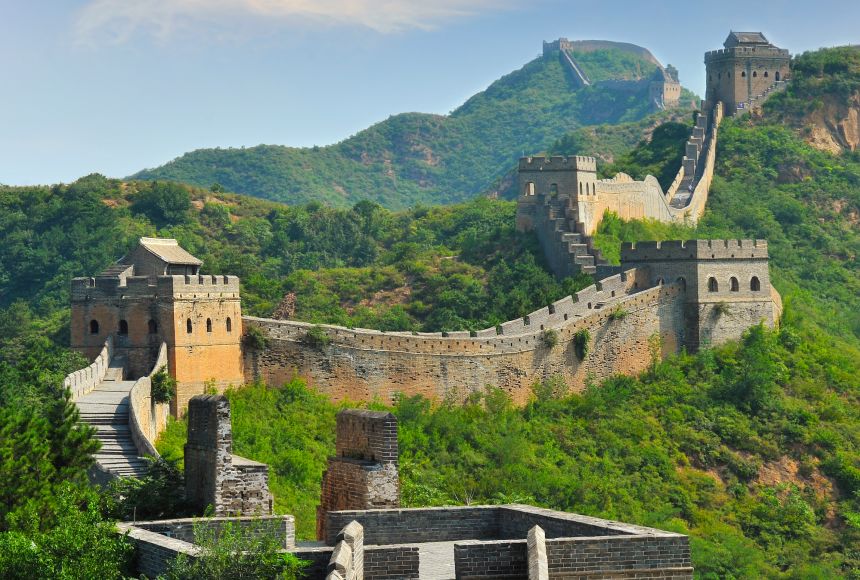Top 10 fun facts of the world

The world we live in is filled with wonders, surprises, and intriguing facts that never fail to captivate our imagination. From natural phenomena to human achievements, let’s delve into the top 10 delightfulfacts that showcase the diversity and uniqueness of our planet.
- The Great Wall of China: Stretching over 13,000 miles, the Great Wall of China is one of the most impressive architectural feats in human history. Contrary to popular belief, it cannot be seen from space with the naked eye. However, it remains an iconic symbol of China’s rich cultural heritage and its historical significance.
- The Amazon Rainforest: Covering an area of approximately 2.1 million square miles, the Amazon Rainforest is the largest tropical rainforest in the world. It is home to an astonishing array of biodiversity, with millions of species of plants, animals, and insects. Remarkably, scientists estimate that there are still thousands of undiscovered species lurking within its dense foliage.
- Mount Everest: As the tallest mountain on Earth, Mount Everest stands at a breathtaking height of 29,032 feet (8,848 meters) above sea level. Surprisingly, despite its towering height, Mount Everest is still growing at a rate of about 0.1576 inches (4 millimeters) per year due to tectonic activity between the Indian and Eurasian plates.
- The Northern Lights: Also known as Aurora Borealis, the Northern Lights are a spectacular natural light display that occurs in the polar regions. These dancing curtains of colored lights are caused by the interaction of charged particles from the sun with Earth’s magnetic field. The best places to witness this mesmerizing phenomenon include Norway, Iceland, and Alaska.
- The Great Barrier Reef: Located off the coast of Queensland, Australia, the Great Barrier Reef is the largest coral reef system in the world. Spanning over 1,400 miles, it is composed of over 2,900 individual reefs and 900 islands. Remarkably, the Great Barrier Reef is so vast that it can be seen from space, making it one of the most iconic natural wonders on the planet.
- The Sahara Desert: Covering an area of approximately 3.6 million square miles, the Sahara Desert is the largest hot desert in the world. Despite its harsh and arid conditions, the Sahara was not always a desert. Geological evidence suggests that it was once a lush and fertile landscape, home to early human civilizations.
- The Colosseum: Located in the heart of Rome, Italy, the Colosseum is an ancient amphitheater that once hosted gladiatorial contests, animal hunts, and other spectacles. Built over 2,000 years ago, it could accommodate up to 80,000 spectators and remains one of the most iconic symbols of the Roman Empire’s architectural prowess.
- The Pyramids of Giza: Built over 4,500 years ago, the Pyramids of Giza are a testament to the ingenuity and craftsmanship of the ancient Egyptians. The Great Pyramid, the largest of the three pyramids, was originally covered in smooth, white limestone casing stones that reflected the sun’s rays, giving it a dazzling appearance.
- The Galápagos Islands: Located in the Pacific Ocean, the Galápagos Islands are renowned for their unique wildlife and role in Charles Darwin’s theory of evolution. Many species found on the islands, such as the Galápagos giant tortoise and marine iguana, are found nowhere else on Earth, making them a living laboratory of biodiversity.
- The Terracotta Army: Discovered in 1974 near the city of Xi’an, China, the Terracotta Army is a vast collection of life-sized clay soldiers, horses, and chariots buried with the first Emperor of China, Qin Shi Huang. This incredible archaeological find offers a glimpse into the military might and cultural sophistication of ancient China.
In conclusion, the world is a treasure trove of fascinating facts and wonders that never cease to amaze us. From the ancient wonders of the past to the breathtaking beauty of natural phenomena, these top 10 fun facts offer a glimpse into the rich tapestry of our planet’s history and diversity.




